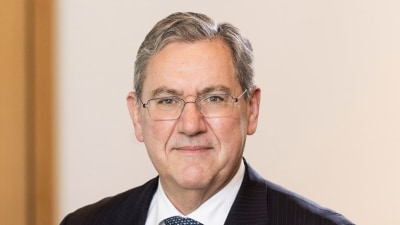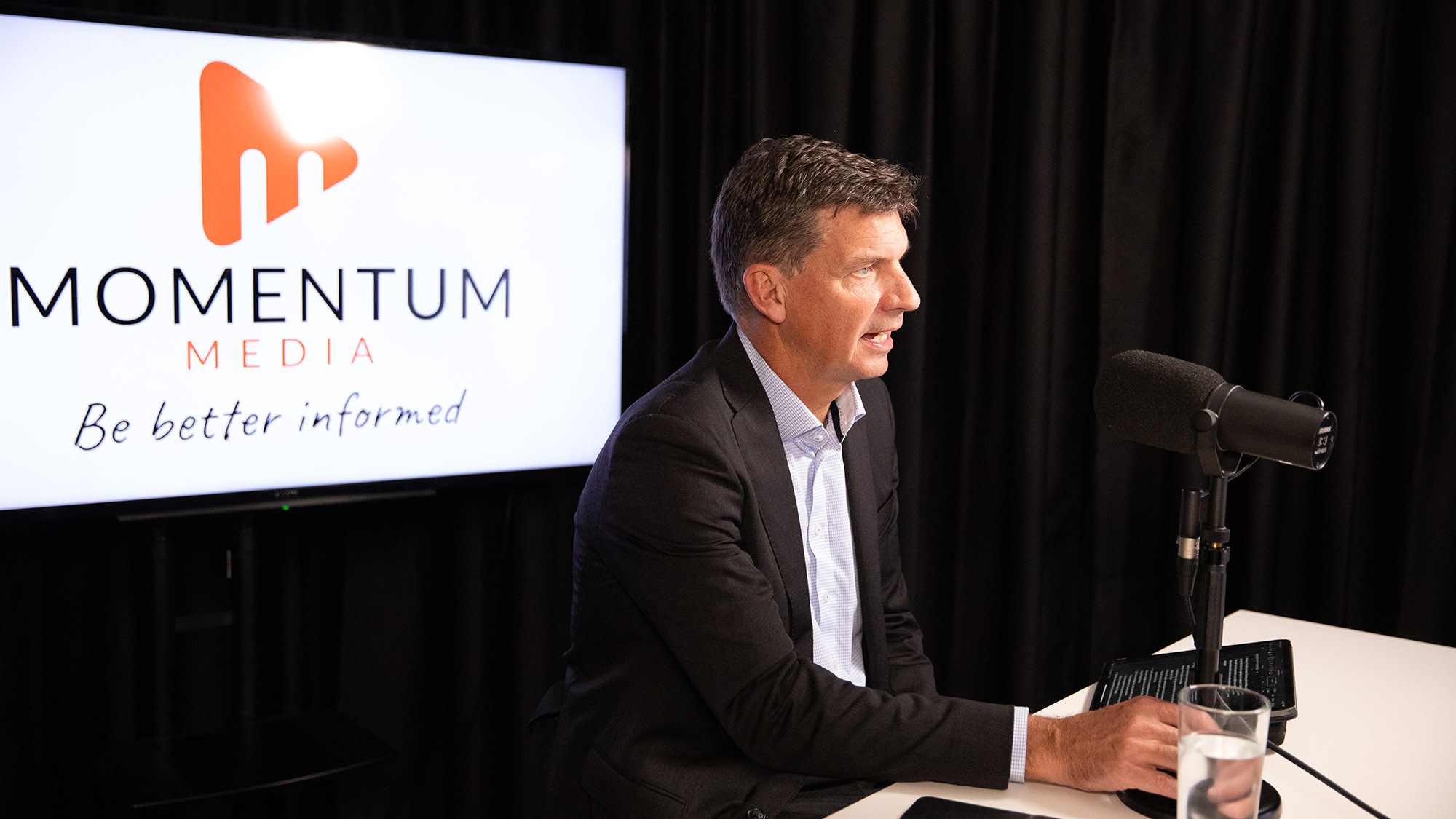Portfolios should have the best of both worlds


Both active and passive management investment strategies have their place in portfolios depending on market cycles, asset classes and sectors of the share market, says new research from Perennial Value Management (Perennial Value).
Perennial presented its research at the Financial Planning Association’s National Roadshow, revealing that while active managers have outperformed in periods where market conditions were more favourable, the average Australian manager has done it tough relative to the S&P/ASX All Ordinaries Accumulation index over the last ten years.
Perennial Value portfolio manager, Stephen Bruce, said active managers were shown to outperform the most in periods of higher stock dispersion and lower stock correlation.
He warned investors that while we have been in “a largely macro-driven market” post the global financial crisis (GFC), the new cycle would see synchronised global growth, quantitative tightening and increased volatility, and would perhaps be more suited to passive management.
“Our research shows that active managers also tend to outperform in sectors which have information asymmetry and poor stock analyst coverage, for example the small and micro-cap sectors of the ASX.”
Bruce cautioned that investors should be wary of relying only on passive investing, and that overweighting a portfolio with purely passive products could mean investors would miss out on significant alpha in certain market conditions.
“It can also leave investors exposed to greater sequencing risk, as the research also shows that active managers tend to perform better in down markets.”
Perennial Value’s head of retail, Cesar Farfan, said investors stood to benefit from having the best of both worlds in a portfolio, and there is no “one size fits all” in the active versus passive debate.
“Longer-term market cycles have favoured both active and passive at different points, but given we are now heading into a higher-growth, rising interest rate and more volatile environment, it could be time for investors and advisers to think about re-weighting portfolios and adding more active elements,” said Farfan.
“That said, the development of passive products has had a lot of positive effects on the funds management market in general, with active managers responding to investor demand by shifting to listed structures, lower fees and an increased focus on absolute returns.”
Recommended for you
Almost 70 per cent of asset managers are planning to control costs via product rationalisation, according to a global survey by Northern Trust, as they seek to offer clients a best-in-class experience.
Fund managers should work collaboratively with data providers to minimise greenwashing risks in their products as a positive ESG score can be a “gamechanger” for a fund’s demand with advisers.
Asset manager Janus Henderson has made two acquisitions in the ETFs and emerging markets space as it takes strategic steps to meet client needs.
Self-reporting issues to ASIC could lead to a reduced charge for a fund manager but it may not exempt them from enforcement action altogether, according to ASIC chair Joe Longo.














